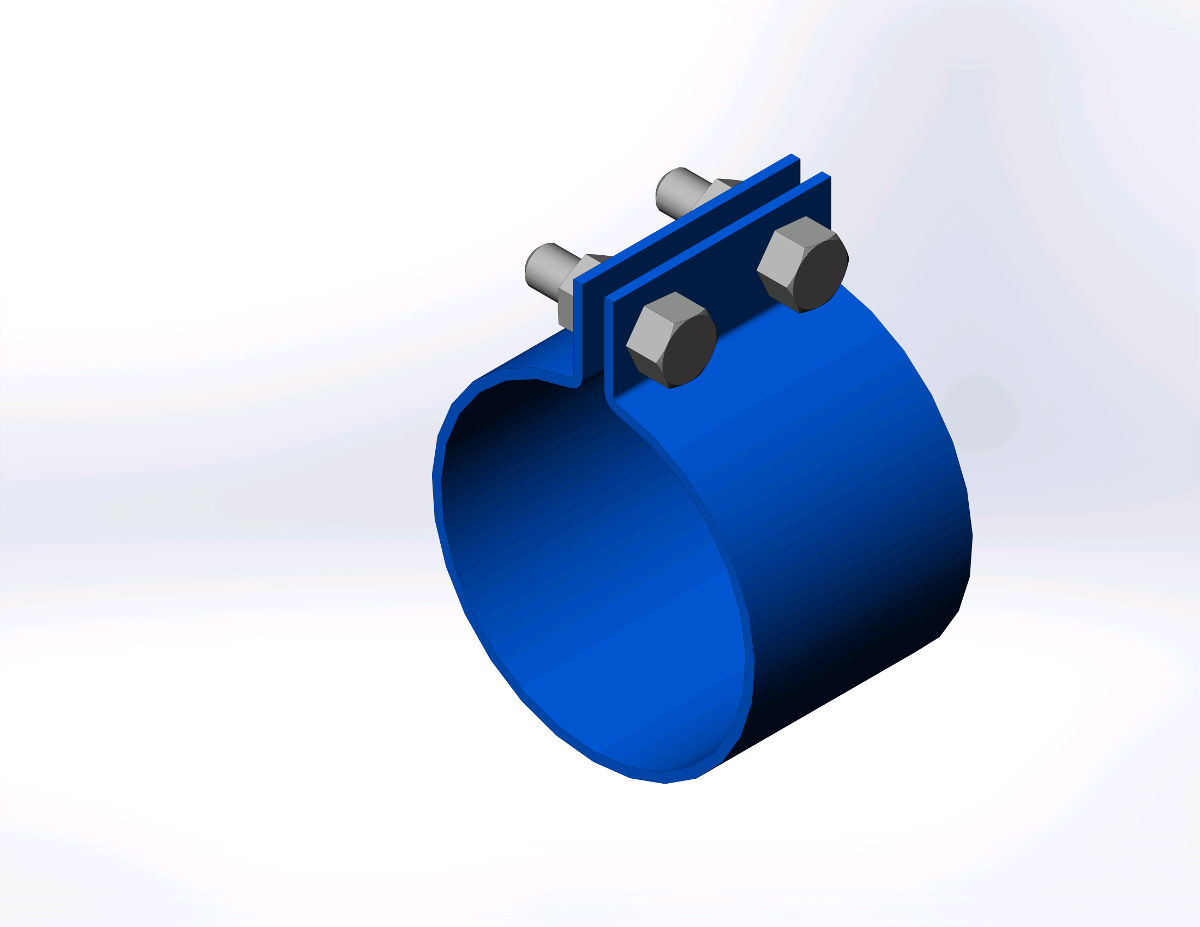Roth 401(k) vs. Traditional 401(k): Understanding the Key Differences

Choosing between a Roth 401(k) and a traditional 401(k) is a crucial decision for your retirement planning. Both offer tax advantages, but they operate differently, impacting your finances in distinct ways throughout your life. This article will highlight the similarities and differences between these two retirement savings vehicles, emphasizing the key distinctions to help you make an informed choice.
Traditional 401(k)
A traditional 401(k) is a retirement savings plan that allows pre-tax contributions. This means your contributions are deducted from your paycheck before taxes are calculated, reducing your taxable income in the present. You'll pay income taxes on the money withdrawn in retirement. Many employers offer matching contributions to traditional 401(k) plans, essentially giving you free money toward retirement. However, withdrawing funds before age 59 1/2 generally incurs a 10% early withdrawal penalty, plus taxes on the amount withdrawn.
Advantages:
- Lower taxable income now.
- Potential for employer matching contributions.
Disadvantages:
- Taxes owed on withdrawals in retirement.
- Early withdrawal penalties.
Roth 401(k)
A Roth 401(k) is similar to a traditional 401(k) in that it's a retirement savings plan offered through your employer. However, with a Roth 401(k), you contribute after-tax dollars. This means your contributions are made with money that has already been taxed. The significant advantage is that your withdrawals in retirement are tax-free. Employer matching contributions are generally available as well, but these are generally made after tax just as your contributions are.
Advantages:
- Tax-free withdrawals in retirement.
- No required minimum distributions (RMDs).
- Potentially higher after-tax returns in the long run due to tax-free growth.
Disadvantages:
- Higher taxable income now.
- May be less beneficial if you expect to be in a lower tax bracket in retirement.
Comparison Table: Roth 401(k) vs. Traditional 401(k)
| Feature | Roth 401(k) | Traditional 401(k) |
|---|---|---|
| Contributions | After-tax | Pre-tax |
| Taxability Now | Taxed before contribution | Not taxed before contribution |
| Taxability in Retirement | Tax-free | Taxed |
| Early Withdrawals | Generally penalized (10% + taxes on gains) | Generally penalized (10% + taxes on gains) |
| Employer Matching | Usually available (after-tax) | Usually available (pre-tax) |
| Required Minimum Distributions (RMDs) | None | Starting at age 75 (73 for those born after 1960) |
Key Differences Highlighted
The primary difference lies in when you pay taxes: now (Roth) or later (Traditional). If you anticipate being in a higher tax bracket in retirement than you are now, a Roth 401(k) might be more advantageous because you'll pay taxes at your lower current rate. Conversely, if you expect to be in a lower tax bracket during retirement, a traditional 401(k) might be a better choice as you'll pay taxes at that lower future rate.
Furthermore, Roth 401(k)s offer the benefit of tax-free withdrawals in retirement and no RMDs, providing greater flexibility. However, this increased flexibility comes at the cost of higher current taxable income. The choice depends heavily on your personal financial situation, tax projections, and risk tolerance. Consult with a financial advisor to determine which option aligns best with your individual circumstances. You can find more information on retirement planning through resources like the IRS website.







